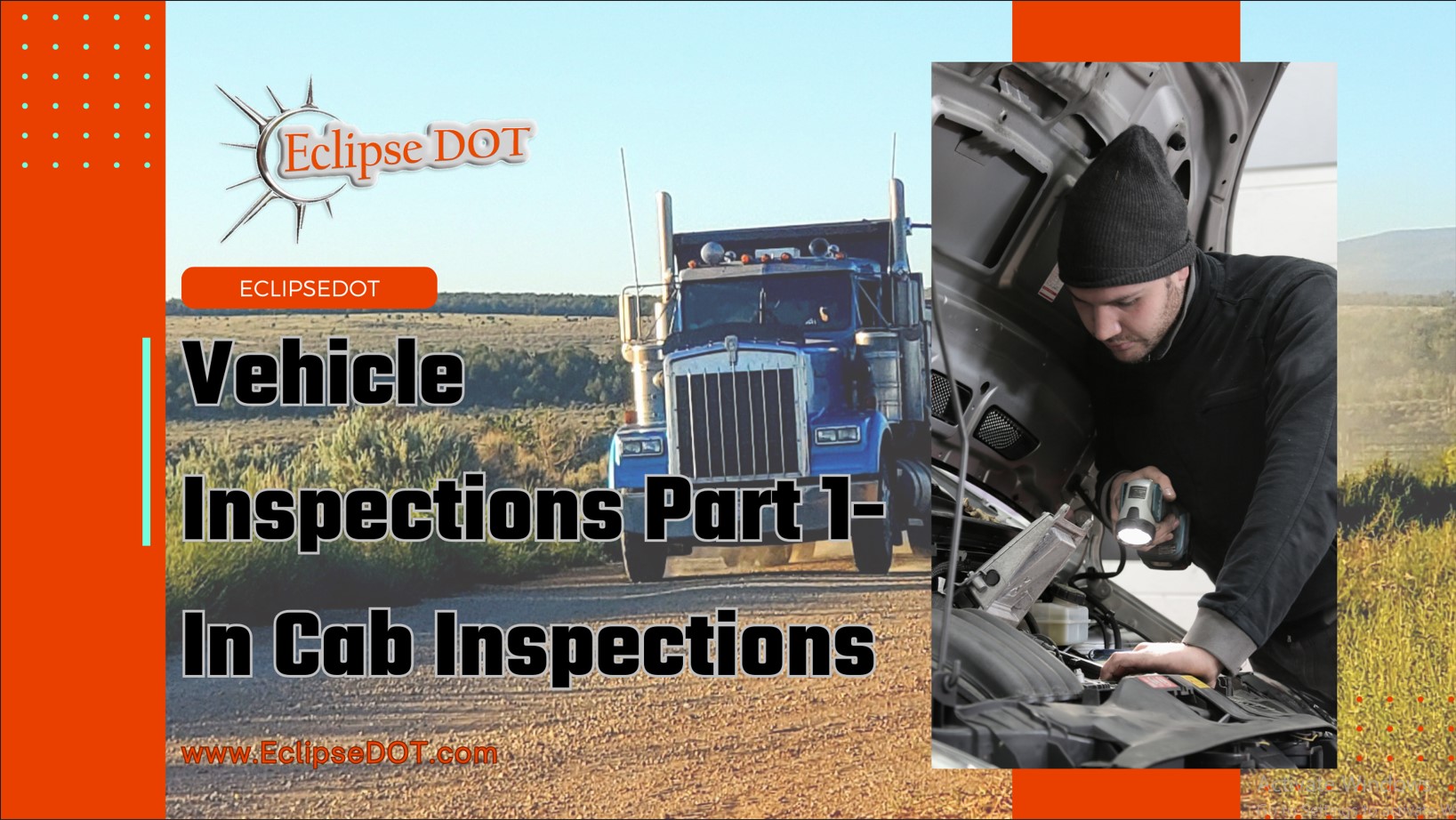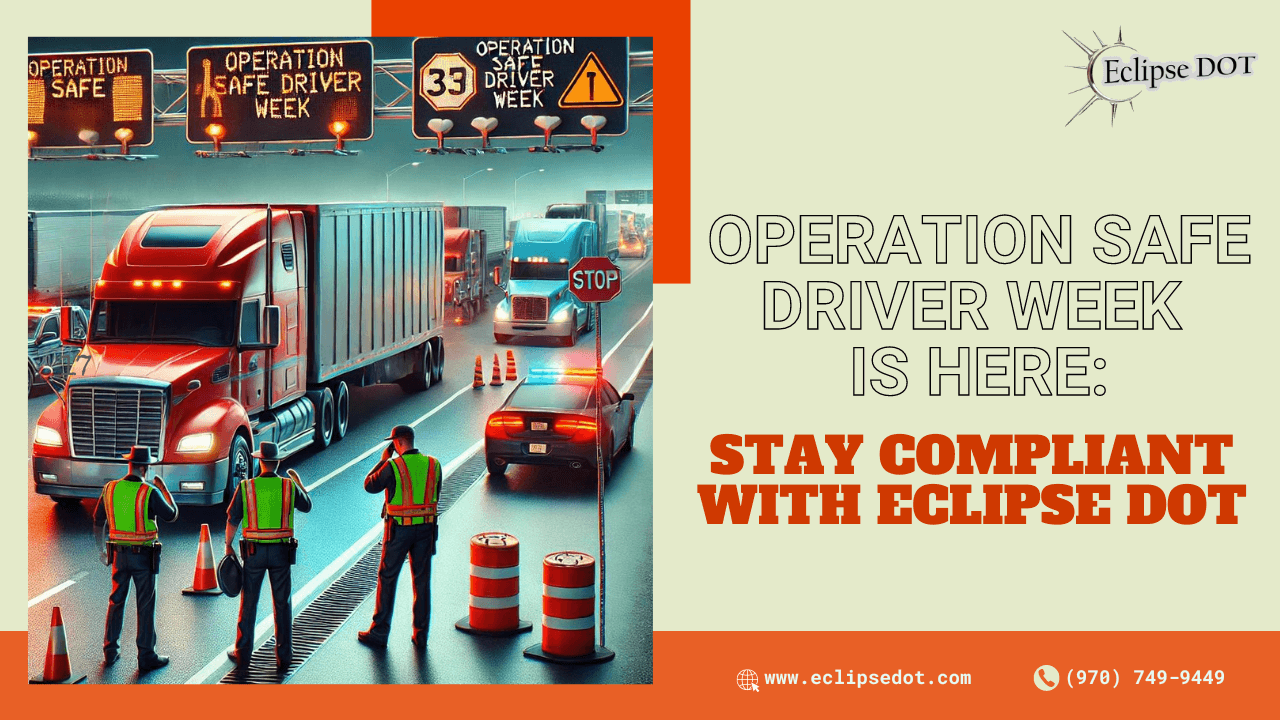Comprehensive In-Cab Vehicle Inspection Guide for the CDL Skills Test
In-Cab Vehicle Inspection
When conducting a vehicle inspection, it’s important to thoroughly check various areas of the vehicle.
1. Start with Safety Equipment:
- Ensure the seatbelt is mounted and secured properly.
- Verify the presence of a mounted and charged fire extinguisher.
2. Check the Horns:
- Make sure the horns function properly and are securely mounted.
3. Focus on Visibility:
- Examine the windshield, windows, mirrors, etc., for any cracks or damage.
- Keep the windshield clean for optimal visibility.
- Inspect windshield wipers and washers to ensure they work effectively.
- Verify the functionality of the heater or defroster for cold weather conditions.
4. Inspect the Lights:
- Check the brightness of the dashboard lights.
- Examine the condition and function of the oil pressure gauge, air pressure gauge, and voltmeter.
- Ensure the hazard lights are functioning correctly.
5. Conduct a Safe Start:
- Depress the clutch, ensure the vehicle is in neutral, and start the engine.
6. Brake Tests:
- Perform a “tug test” with the parking brake to ensure it holds the vehicle.
- Conduct a service brake test by releasing the parking brake and moving forward at about 5 mph.
- If the vehicle has air brakes, perform an airbrake inspection.
- Test the compressor to ensure it builds air within 45 seconds.
- Conduct a system leak check by watching the air gauge for pressure loss.
- Perform static pressure and brake pedal pressure tests within specified limits.
- Check the low alarm to engage at around 60 psi.
- Ensure the parking brakes are set between 20 and 40 psi.
7. Hydraulic Brake Test:
- For vehicles with hydraulic brakes, pump the pedal three times and hold it for 5 seconds to check for proper resistance.
- If your vehicle has electric boosters, ensure they are functioning correctly.
Ready to explore more about these topics? Click here to dive deeper into eclipsedot.com/articles and drive your knowledge to new heights!





